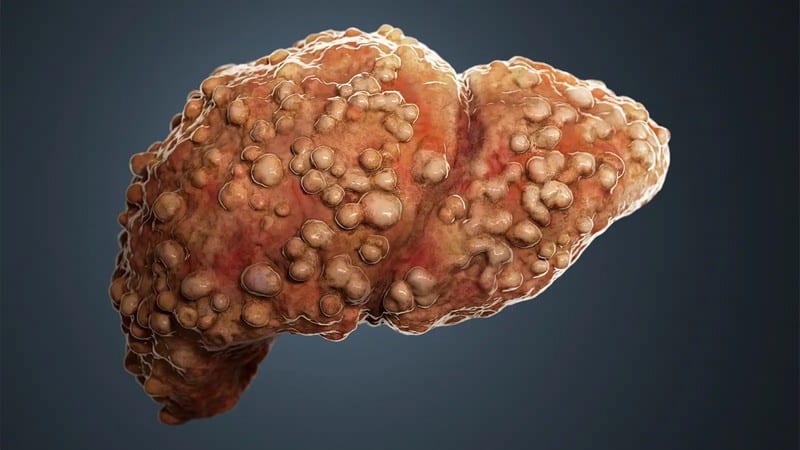Cirrhosis

The severe fibrosis or scarring of the liver is called cirrhosis. The condition typically happens during the late stages of NAFLD or non-alcoholic fatty liver disorder. Other causes may include hepatitis, long-term and excessive alcohol consumption, sclerosing cholangitis, and diseases that may cause liver damage. Based on the National Institute of Health or NIH, one in four hundred American adults live with cirrhosis, and men are at a greater risk of developing the condition than women.
Most of the time, noticeable symptoms of cirrhosis don’t present themselves until it’s progressed. Generally, they develop when the liver’s scarring has already reached a point where it impedes organ functions, such as blood purification, toxin breakdown, producing clotting proteins, and aiding in fat and fat-soluble vitamin absorption. As a result, the symptoms may present include decreased appetite, fatigue, unintentional loss of weight, mild abdominal pain, vomiting, nausea, gallstones, and varicose veins.
Some people experience jaundice, confusion, dark-colored urine, and abdominal swelling in more serious cases. The common cause of the condition is alcohol consumption, although medical conditions may also bring about cirrhosis, such as hepatitis, bile duct obstruction or damage, and medication. Treatment options can range from lifestyle changes and medication to surgery.










